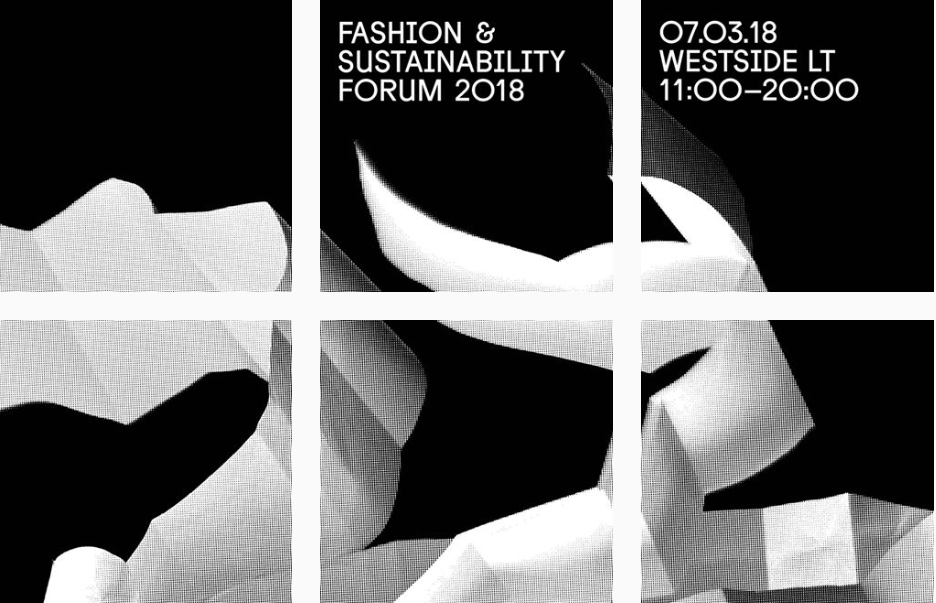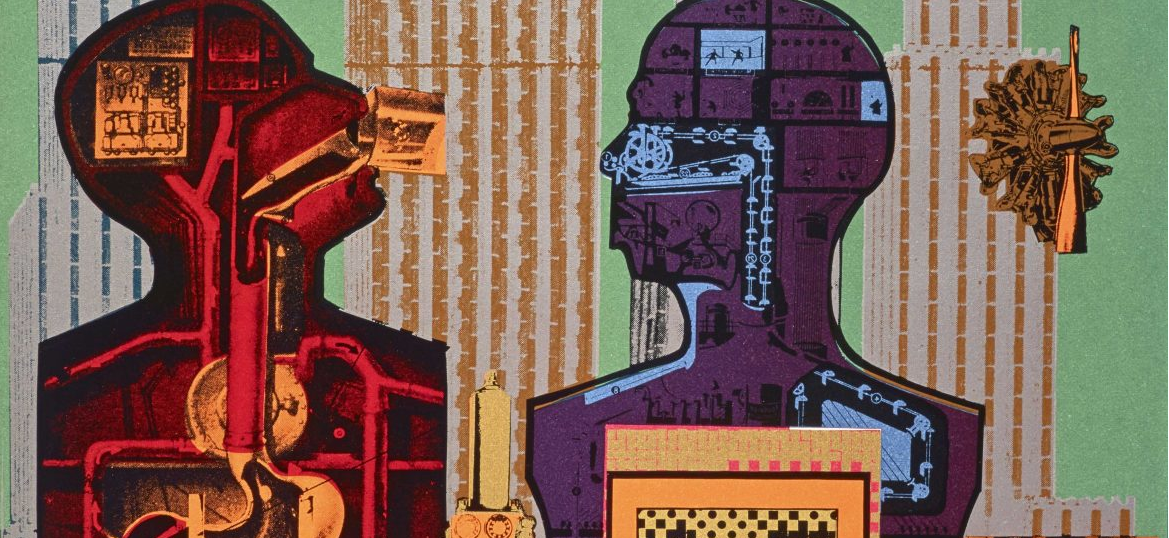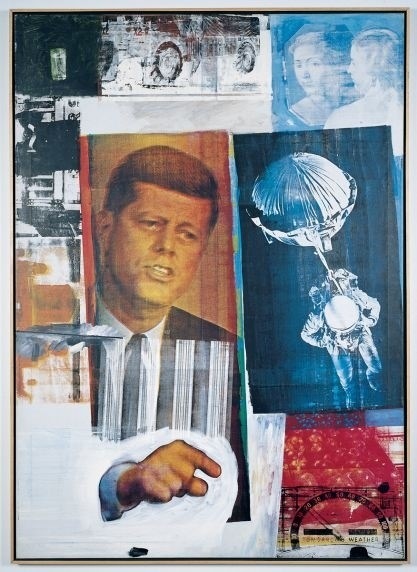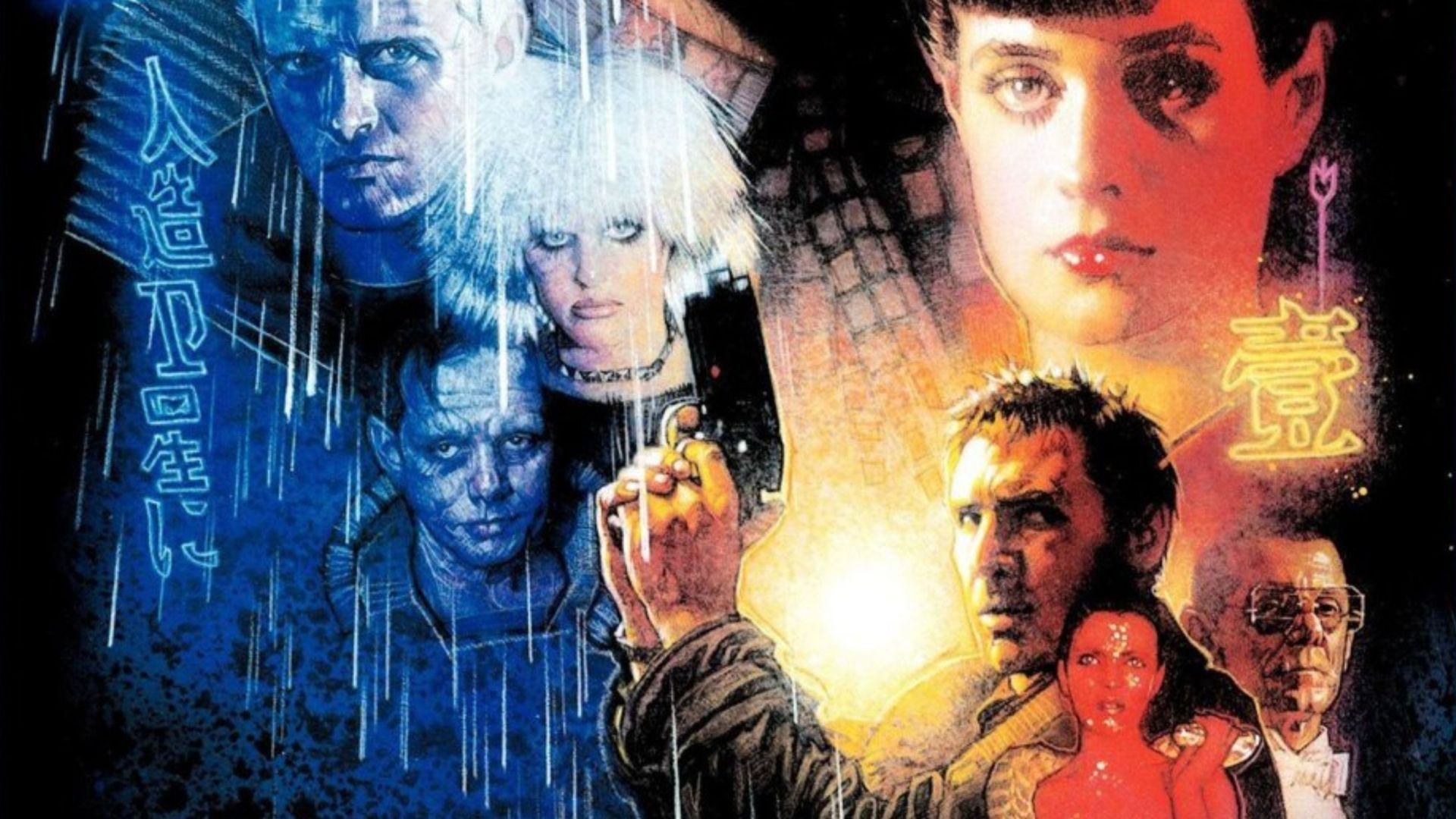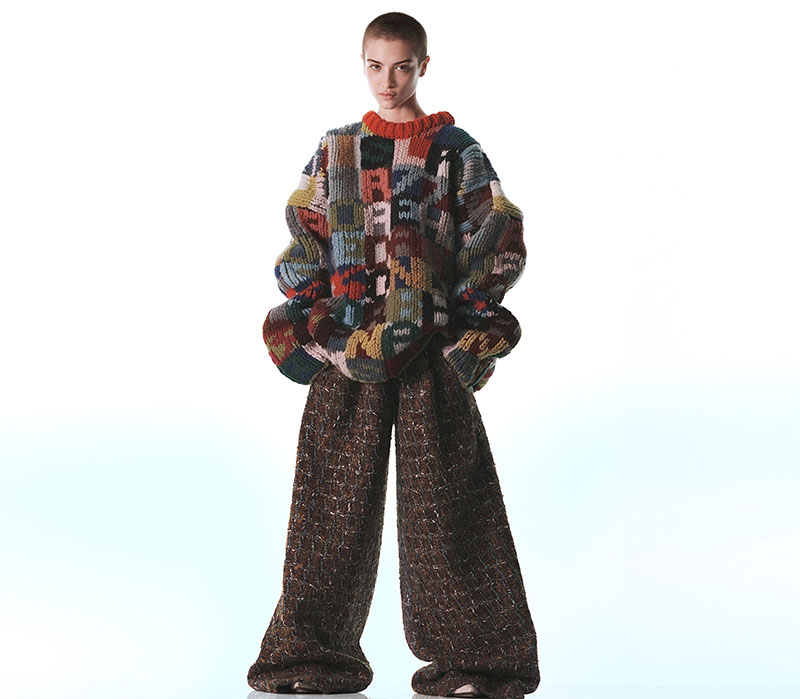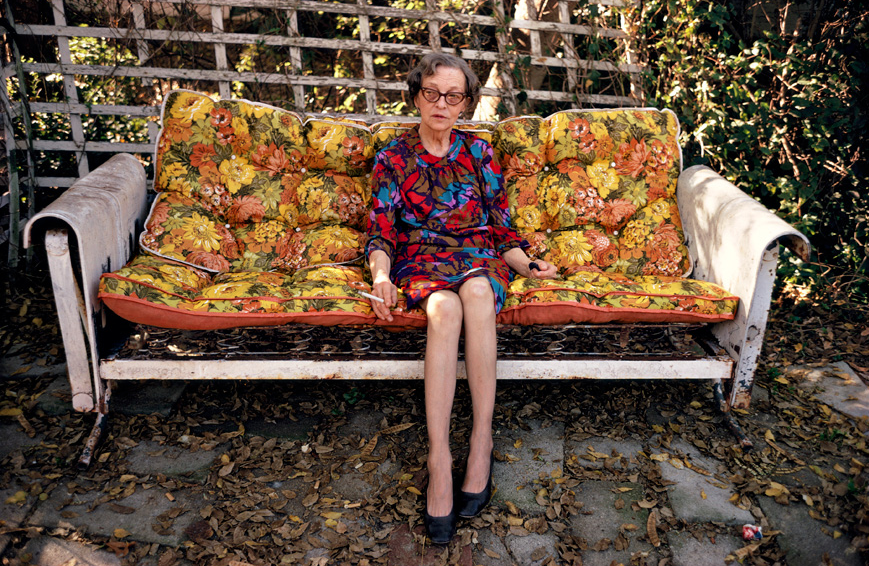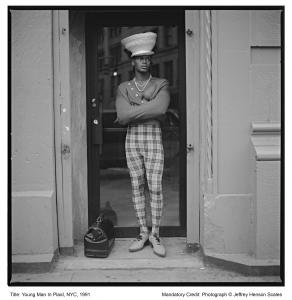Join the conversation and let’s consider how we can change the future for the better. Don’t wait for someone else to solve the problem – respond to the challenge and become the expert.
This event is open to staff and students of Winchester School of Art, University of Southampton and selected guests and visitors. Tickets are free and the event is all day, so drop in to see one speaker, or stay all day. Availability of seating may be limited at some of the talks.
‘There are three things we touch upon every day that greatly impact the world around us: fuel (energy), food, and fashion. The first two are now wholeheartedly studied and worked upon. It is now fashion’s turn to inform and dazzle us with what is possible, to provide the moral imperative to change every aspect of producing and purchasing our second skin.’ (Paul Hawken)
The MA Fashion Design and Textile Design Interim Exhibition opens on the same day, showcasing our MA students’ work in progress, highlighting non-waste, zero-waste pattern cutting and sustainable design.
Agenda for the day:
11.00 – Start of the forum
11.05 – Julian Payne, Creative Director of De La Rue – and designer of the Jane Austen bank note! Talking about cash.
11.45 – Sarah Klymkiw, educator, researcher and campaigner from TRAID – Can We Fix Our Reationship with Clothes?
12.30 – Zoe Olivia John, lecturer, researcher and co-founder of Engage by Design, presenting her Strategies for Sustainable Fashion and Textile Design.
13.15 – Lunch
14.15 – Sarah Hellen, menswear designer, lecturer and researcher. Talking about her collaborations with local, independent, sustainable businesses in Wales.
15.00 – Katie Jones, knitwear designer mixing playful aesthetics with serious ethics. Talking about the two sides of sustainable fashion that relate to her brand.
15.45 – Catherine Weetman, Director of Re-think Solutions, and author of A Circular Economy Handbook for Business and Supply Chains. Talking about fast fashion and the circular economy.
16.30 – Kate Langham, lecturer and researcher, and formally Creative Director of Interface, recognised as one of the most sustainable businesses worldwide.. Talking about Interface’s global rebranding project and the development of Mission Zero.
17.15 – Charty Durrant, ex fashion editor of Vogue, The Sunday Times, and Fashion Consultant and Ethical Fashion Expert, ending the day with a call to arms, offering some groundbreaking new solutions for fashioning the future.
18.00 – 20.00 Drinks, networking and Private View for the MA Interim Exhibition. All welcome.
#wsa_sustainabilityforum
